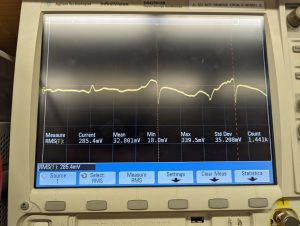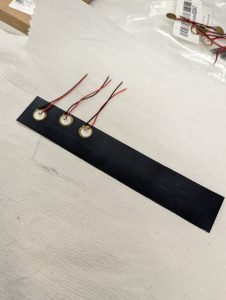The main risk that we see right now is the PCB not working well for our project, which is being managed by putting in this order early enough that we can edit the design and get another PCB when we see what we don’t like about this design.
There have been no changes made to the design of the system or to the schedule.
A was written by Carson Swoveland, B was written by Twain Byrnes, and C was written by Gary Bailey.
Part A: Our product can work in a variety of environments around the globe. It can track location anywhere around the world with an open sky by using satellites from several different countries (GPS, GLONASS, Galileo, and BeiDou). In addition, the lack of any emitted signals means that it can still be used even in countries with more stringent requirements on radio spectrum use. Areas with limited or unreliable power infrastructure can still be served using the energy harvesting functionality.
Part B: Our product solution meets cultural needs surrounding privacy and data control. In cultures such as American culture, where a strong emphasis is placed on individual autonomy, the watch becomes a valuable tool that aligns with these cultural values. Our watch meets these needs by storing all data locally on the device. This feature directly caters to cultural preferences that prioritize autonomy and control over one’s information. Users from such cultural backgrounds may be more inclined to adopt a tracking device that respects and aligns with their cultural values of safeguarding personal data.
Furthermore, this local storage prevents real-time tracking and cloud-based sharing, aligning with cultural norms that prioritize the privacy. Landhopper meets this cultural need by offering a tracking solution that is not only functional, but also respects and aligns with the cultural values of privacy, autonomy, and control over personal information.
Part C: Due to the fact that Landhopper has an on-board energy harvesting system, the environmental impact of continuously using it is minimal: no external power input is needed to keep it operational for long stretches of time. In terms of the manufacturing process, Landhopper is as environmentally-friendly as electronics can be. In our prototypes, we have taken care to use the least toxic resources possible, such as lead-free solder for the circuitry and PLA for the case. While it is inevitable that there are negative environmental impacts from the manufacture of electronics, the manufacturers of several of the core components used in Landhopper (STMicroelectronics and U-blox) have made commitments to minimize their carbon emissions.



